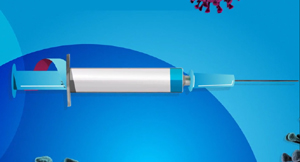
Saturday December 5, 2020 | NATIONAL
Analysis by Mary P Brooke, B.Sc., editor | Island Social Trends
Vaccines of various types — to protect people against COVID-19 infection — are soon to arrive in Canada from various manufacturers, over several months starting in January. Top-level decision-making involves the logistics of vaccine distribution with a fundamental subset of who the target vaccine recipients are.
These vaccines are all new products, in first-runs of production. Clinical trials for safety and efficacy of the vaccine products have been underway already and continue. All of this is fresh and new for everyone concerned, given that COVID-19 hit the population of the Earth in one unexpected dramatic fell swoop.
To address the initial supply limitations, Canada’s National Advisory Committee on Immunization (NACI) has released its latest guidance providing further recommendations for the initial sequencing of key populations for early COVID-19 immunization.
Unknown trajectory on population immunity:
It is unknown when Canada will reach community (herd) immunity, i.e. the percentage of the Canadian population that needs to be vaccinated in order to reach widespread immunity against the SARS-CoV-2 coronavirus (aka COVID-19), said Canada’s Chief Public Health Officer Dr Theresa Tam on Friday December 4.
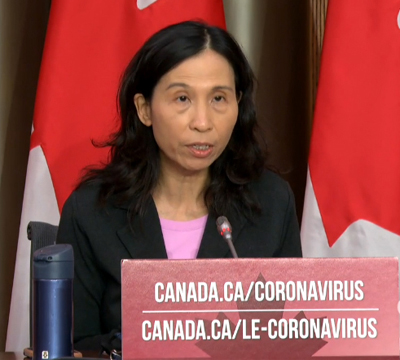
Presently there is presumed to be no natural (or lasting post-infection) immunity to COVID-19. In that context, the need for vaccination against COVID-19 is urgent — not only for populations known to be highly susceptible to the worst of the disease (including death) but also for people who will incur long-term temporary or permanent health impacts from having had the infection and ‘recovered’.
In addition to the tragic impact of the deaths of loved-ones, there likely now be decades-long social and mental health impacts as well as economic impacts caused by the disruption and urgent pivoting of various economic sectors including personal financial scenarios.
Modelling forecast bears intense news:
Today December 5 Dr Tam released a written statement which says Canada could see 10,000 cases of COVID-19 daily by January (based on projections out of Simon Fraser University in BC). Strain on the healthcare workforce and health system are of major concern.
Contact tracing will be a key part of trying to contain viral spread; BC still has a handle on that, with more hiring of contact tracers as outlined by Health Minister Adrian Dix this past week.
Dr Tam acknowledges the many sacrifices by most Canadians but says there is a still long road ahead.
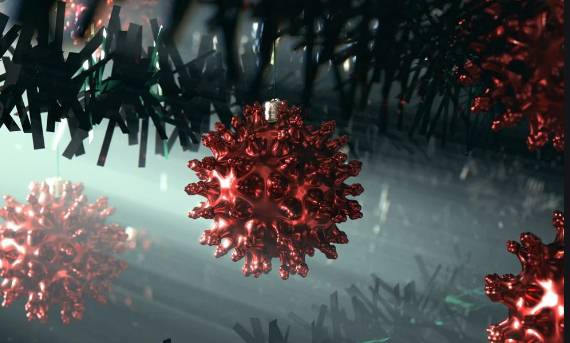
“Canadians are all urged to continue taking individual actions to keep our ourselves and our families safer, while doing our best to protect populations and communities at high risk for severe outcomes,” said Dr Tam.
“To do this, we need to continue to limit close contacts to only those in our immediate household and reduce in-person interactions to only essential errands and activities, while consistently maintaining key public health practices: stay home/self-isolate if you have any symptoms, maintain physical distancing, wear a face mask as appropriate (including indoors with people from outside your immediate household), and keep up with frequent hand, cough and surface hygiene.”
Avoid the three C’s as much as possible: closed spaces with poor ventilation, crowded places where many people gather, and close contact situations where you cannot keep two metres apart. People are asked to follow the guidance of local public health authorities.
To address the initial supply limitations, Canada’s National Advisory Committee on Immunization (NACI) has released its latest guidance providing further recommendations for the initial sequencing of key populations for early COVID-19 immunization.
“We don’t have a COVID-19 vaccine just yet and we must be prepared to address a range of logistical and operational challenges, but one thing is assured – any and all vaccines approved for use in Canada, will be required to meet the highest standards of quality, safety and effectiveness set by Health Canada’s rigorous regulatory review process,” said Dr Tam in her statement today.
When the vaccines will come:
According to Prime Minister Justin Trudeau, Dr Tam and other public health and government officials, arrival of a suite of different vaccines is coming in the first part of 2021, some as early as the first week of January.
Vaccines are being supplied — through contracts with the Canadian government, by various suppliers around the world. Some of the earliest arrivals of products are expected from production sites of Pfizer (out of Germany), AstraZeneca (out of the UK), and Moderna (of the USA). Product is apparently also expected in the new year from Johnson & Johnson (USA).
Variations in the types of vaccines include the biological mechanism by which they work, how they are reconstituted, how many doses are required (and at what intervals), and what type of refrigeration (and therefore shipping) they require.
The Pfizer vaccine requires specific ultra-low temperature conditions during shipping and while stored prior to use.
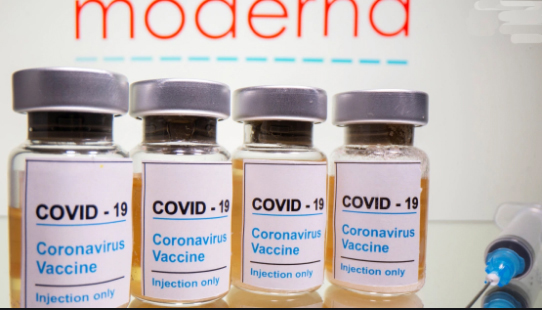
Reportedly the vaccine products coming to Canada first are the Pfizer and Moderna vaccines. They both utilize an mRNA biomechanism; there is no possibility of COVID infection by use of those products (as they are not made up of the actual pathogen), hence they will be highly appropriate for the most at-risk populations.
Frankly, the mRNA vaccine products will likely be in high demand for — or even preserved for — essential personnel such as military, emergency responders, specialized health-care workers, and elected representatives. It remains to be seen which type of vaccine (mRNA or not) will be prioritized for seniors over age 70 years, health-care workers, people in Indigenous communities, and other sectors considered to be high priority (see below).
There is easily a brewing scenario of have’s and have-not’s, as evident from the careful and detailed rollout of information from the federal government and Public Health Agency of Canada as to who gets vaccinated first (and inherently with which type of vaccine). Given a sentiment of vaccine hesitancy among some in the population, it’s easy to see how challenges could arise as to which type of vaccine is available to which target recipients.
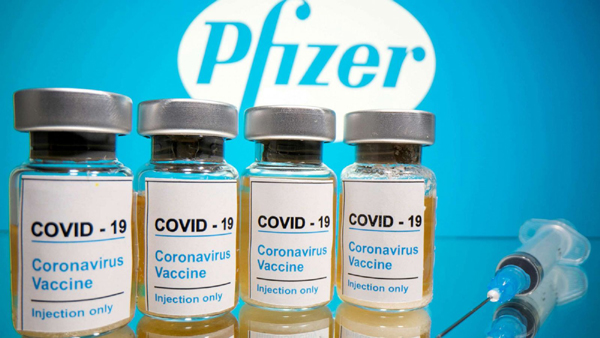
Who gets the vaccine, why and when:
Sequencing of populations and sub-prioritization within the target populations will be based first on risk-benefit analysis of who is at greater risk for exposure, transmission to others, severe illness and death, and the safety and effectiveness of the various vaccine types in key populations.
As well, the vaccine supply will be assessed: number of available vaccine types, number and timing of available doses, number of doses required.
Current conditions of the COVID epidemic at the actual time that vaccines are available and ready for distribution will also be a factor.
Key populations include advanced age (people over 80 years of age will get it first, and then people over age 70; most of this group will probably be in long-term care) and people with “other high-risk conditions” (yet to be defined but probably people undergoing various medical treatments and people with immune challenges).

People who are “most likely to transmit” the COVID-19 virus to high-risk people (i.e. those who experience severe illness or death from COVID-19 infection) are another target group to be early recipients of available vaccines. That will include:
- Healthcare workers, personal care workers, and caregivers providing care in long-term care facilities, or other congregate care facilities for seniors;
- Other workers most essential in managing the COVID-19 response or providing frontline care for COVID-19 patients;
- Household contacts of those at high-risk of severe illness and death from COVID-19.
A further set of recipients includes persons who are “contributing to the maintenance of other essential services for the functioning of society”, listed as:
- To be defined, prioritized and informed by federal/provincial/territorial (FPT) discussions;
- Examples: those who cannot work virtually and have differential exposure to COVID-19 (e.g. police, firefighters, grocery store staff).
Also, people whose living or working conditions put them at higher risk of infection (and where infection could have “disproportionate consequences”) are on the list to get the vaccine early-on. That will include Indigenous communities and other settings where “physical distancing and other infection prevention and control measures are challenging” as well as where “healthcare infrastructure is reduced”.

Reducing inequities, educating the public:
The PHAC release today outlines a desire to reduce health inequities that might results from discrimination, marginalized and racialized populations, and being located in remote and isolated communities.
Public health goals for all jurisdictions includes effort being made to improve knowledge about the benefits of vaccines in general and COVID-19 vaccines specifically. Public health authorities are advised to address misinformation about immunization, and communicate transparently about COVID-19 vaccine allocation decisions.

Who is making the decisions:
The Pan-Canadian Public Health Network (PHN) mobilizes coordinated action and response efforts in times of an urgent health event of national concern. A Special Advisory Committee (SAC) is established to lead a pan-Canadian response across federal, provincial and territorial (FPT) governments in the event of such a public health crisis.
In January 2020, the co-chairs of the PHN Council established a FPT Special Advisory Committee on COVID-19 to advise the Conference of FPT Deputy Ministers of Health on the coordination, public health policy, and technical content related to the COVID-19 outbreak.
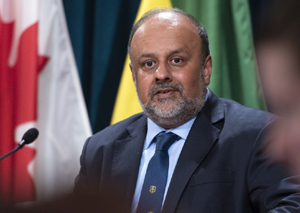
The SAC has representatives from several Government of Canada departments, as well as members of the Public Health Network Council and the Council of Chief Medical Officers of Health.
Dr. Theresa Tam, Chief Public Health Officer of Canada, and Dr. Saqib Shahab, Chief Medical Health Officer, Saskatchewan are co-chairing the committee.
Each province and territory has a representative on the committee. BC is represented by Provincial Health Officer Dr Bonnie Henry .

Several expert groups bring together senior public health officials, experts and Indigenous organizations that support the SAC on COVID-19, including:
- Technical Advisory Committee
- Logistics Advisory Committee
- Public Health Network Communications Group
- Public Health Working Group on Remote and Isolated Communities.
Logistics management by the Canadian military:
On Thursday December 3, federal officials explained how they plan to roll out millions of COVID-19 vaccine doses in the coming weeks as Ottawa launches its mass inoculation campaign.
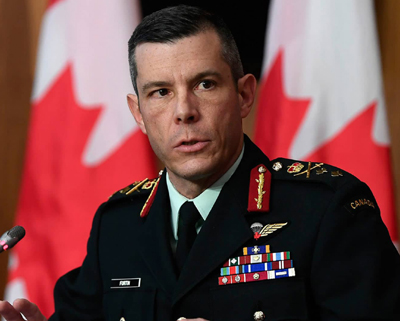
The announcement was headed up by Maj.-Gen. Dany Fortin, a former NATO commander in Iraq, who is leading vaccination logistics at a new national operations centre in the Public Health Agency of Canada (PHAC).
It should speak volumes to the Canadian population that the military has been called in to operationalize the distribution of vaccine products across Canada.
The operation will naturally be expected to be done promptly and efficiently. Whether or not (under any circumstances) the military were to have been called in, it is known that the federal government had fallen behind on pandemic planning over the last 30 years under successive federal governments.
There was no system ready and in place for such a massive response to infectious pandemic conditions; as with most things about COVID-19, everything is new, changing quickly, and changing often many times as more is learned about the science and the socioeconomic impacts of the SARS-CoV-2 virus (aka COVID-19) that has been with us for about a year now (first news of it came out of China in December 2019).
Current COVID stats at December 5:
Across Canada, there have been a total of 408,921 cases to Saturday December 5 (BC and Alberta only to December 4). Of those, 71,450 are active. There have been 12,589 deaths so far in Canada this year due to COVID.
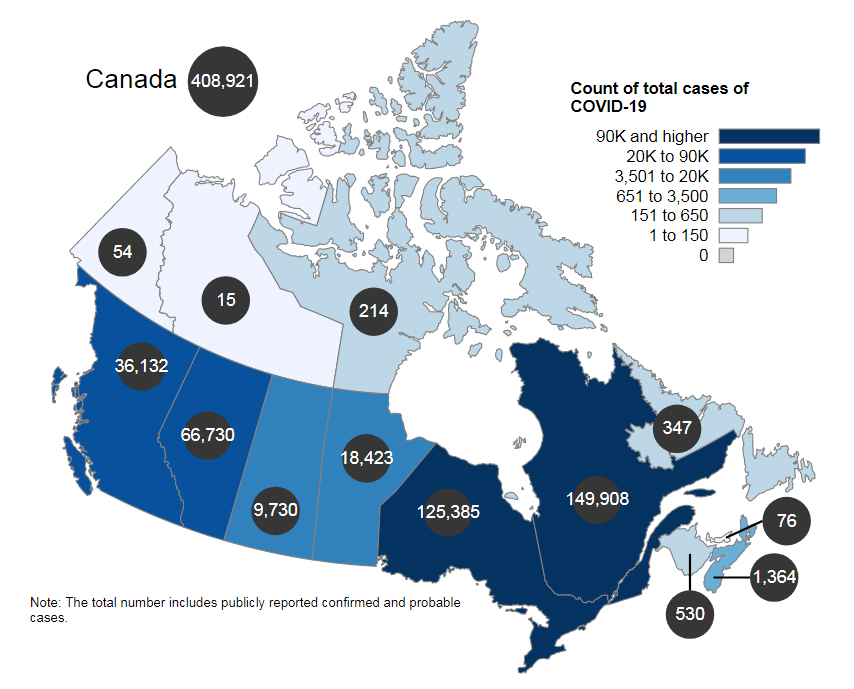
In BC, as of the latest BC Centre for Disease Control report on Friday December 4, there have been 36,132 cases all year (711 new), with 9,050 of those currently active (338 in hospital, of which 76 are in intensive care). There have been 492 deaths (11 new).
The highest number of cases by age cohort is the 20-29 year old grouping, followed by people in their 30s, 40s, 50s and 60s. In the elderly age grouping, there is a similar proportional decline among people in their 70s, 80s, and 90s.
Children and youth (age newborn to 19 years) make up 12.7% of all COVID cases in BC.

On Vancouver Island there are 183 active cases (10 new), for a total 679 all year. Presently 12 islanders are in hospital (four in ICU). There have been six deaths in total within Island Health (no new deaths since September 28). For some reason there are disproportionately fewer COVID cases in the 40-49 year age group on Vancouver Island, compared to the overall BC profile.
While there are cases throughout the island, Port Alberni (in central Vancouver Island) is presently a COVID infection hot spot, with outbreaks in schools and two long-term care centres.
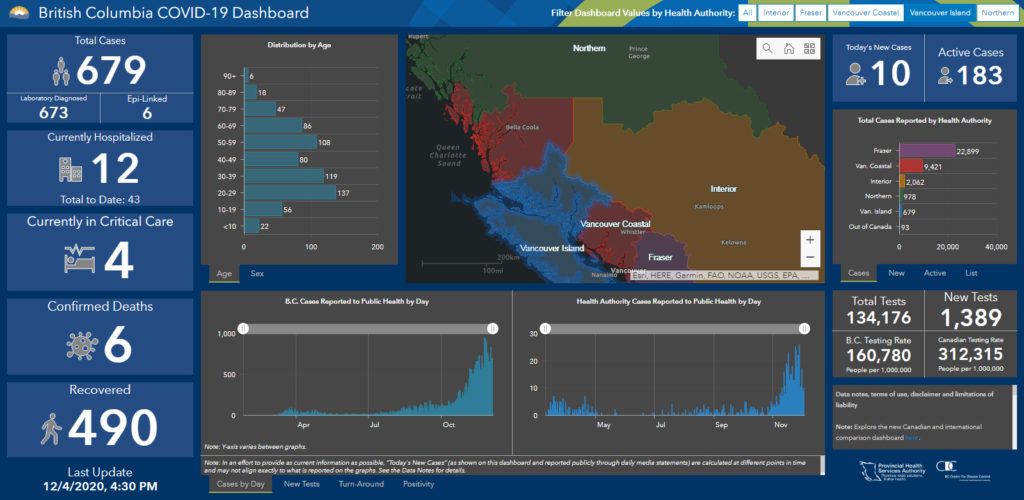

===== GOVERNMENT LINKS:
- Pan-Canadian Public Health Network – Special Advisory Committee on COVID-19
- Preliminary guidance on key populations for early COVID-19 immunization (PHAC).
- BC Centre for Disease Control – COVID data



